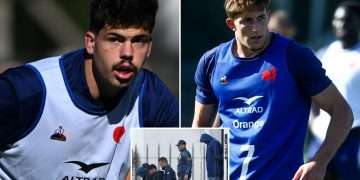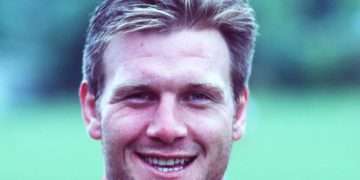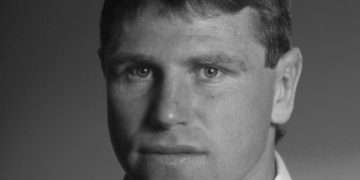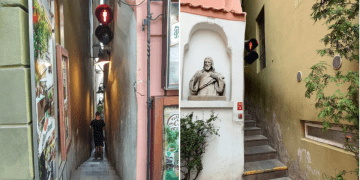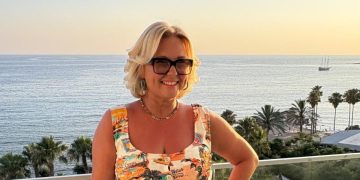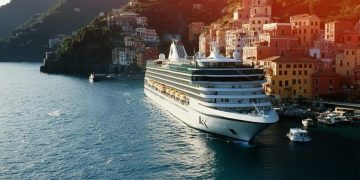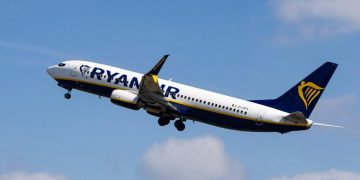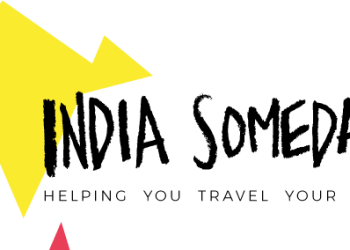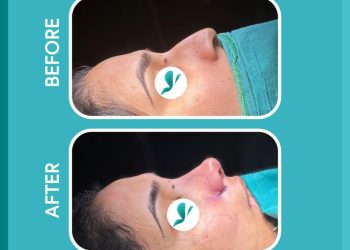Interview with José Antonio Sánchez, therapist to celebrities, former RC Celta de Vigo staff member, and director of the European Parasanitary School
When Jennifer Lopez performed in Pontevedra, Spain, few knew that behind the scenes, ensuring the physical well-being of the star and her entire team, was expert chiromassage therapist José Antonio Sánchez. With nearly 30 years of experience in manual therapies and natural medicine, he was selected to provide personalized care during the singer’s stay in Galicia. A former therapist for RC Celta de Vigo and a respected educator, Sánchez now directs one of the most prestigious schools of natural therapies in Spain: the European Parasanitary School (ESPS).
How did you land such a special assignment like working with Jennifer Lopez?
The request came in very discreetly, as is common with these kinds of jobs. I was contacted through Ruth Beltrán from Belmu Massage in Santiago de Compostela — a former student of mine who had already worked with artists like Green Day. It was all based on a chain of trust. I met the requirements, and they considered me the right fit. Beyond the honor of caring for such a world-renowned artist, what struck me most was the professional and human atmosphere within Jennifer Lopez’s tour team.
Is it intimidating to work with a global superstar?
There’s always a bit of excitement, of course, but after so many years in the field, the key is to stay focused. I’ve treated many athletes and performers. Although Jennifer Lopez is an international icon, my approach is always the same: to treat each person with professionalism, respect, and dedication. On a personal note, it was fun to joke with my daughter: “Now I’ve treated two Grammy winners,” I told her — referring also to José Manuel Pinto “Wahin”. I’ve already worked with celebrities from the sports world, royalty, television, and more…
Looking back, how would you summarize your career path?
I started almost 30 years ago, giving massages at spas and ski resorts. From there, I moved into the sports world, eventually working with the medical staff of RC Celta de Vigo, the Galician national team, Porto training camps, and more — including futsal teams and humanitarian projects in Africa. I’ve also been hired in countries like Germany, Portugal, and the Netherlands. I’ve always tried to balance my roles as therapist, naturopath, and educator — while also prioritizing being a father, which sometimes means turning down international opportunities.
You’re also a well-known naturopath. How did that journey begin?
I actually entered the field through natural therapies. I learned from older generations who practiced traditional methods. Since I was a child, I’ve been fascinated by medicinal plants. I remember doing a school project on native plants in Galician at around 9 years old, with help from my grandmother María. That early passion later led me to formal studies in naturopathy and manual therapies.
You’ve written several books. Which one would you recommend to readers?
[Laughs] Well, all of them! But it really depends on the reader’s interests. I write mostly on naturopathy and manual therapies. For instance, my Medicinal Plants Dictionary is now in its 4th edition. The Herbodietetics Guide is more of a professional tool. I’ve also written manuals on taping, massage protocols, iridology, Knap points, visceral osteopathy, the Shantala baby massage, and a 5-volume naturopathy encyclopedia — over 1,000 pages. Some books, like Anatomy for Natural Therapies or Clean Your Gut from Crap, are more accessible to general readers. I’ve also created five educational posters, including Emotions Affect Our Gut Flora: Psychodysbiosis, which I presented at an international probiotics congress in Santiago de Compostela in 2017. In total: 14 books and 5 posters, all before the AI boom… [laughs again].
Your school offers university diplomas. How does that impact your students?
When I started the European Parasanitary School (ESPS) in 2005, this kind of partnership seemed almost impossible. But we’ve always maintained very high standards with the goal of training real professionals, regardless of national regulations. We strive to exceed international criteria so that our students can work globally. Now, with official diplomas from up to three universities, our training is even more respected internationally.
Your school has a global presence. How did that develop?
We began in Pontevedra with the goal of offering top-quality education in natural therapies. Today, we operate in Vigo, Santiago, and A Coruña, and we’ve established partnerships in over 11 countries: Spain, Portugal, Bolivia, Thailand, Senegal, Gambia, the UK, Germany, China, Mexico, and Venezuela. What truly matters is not the numbers, but the people — the students, teachers, and patients who make it all possible.
What principles are most important to you as a teacher?
Teaching technique is essential, but values like humility, professional ethics, and respect for the patient are even more crucial. Passion is evident in those who love what they do. It moves me to see former students working in other countries and to know I’ve played a small part in their journey.
Do you believe natural therapies have a promising future?
Absolutely. There’s growing awareness about holistic wellness. Complementary therapies are being increasingly valued — as long as they’re practiced professionally and within legal frameworks. They have a key role in modern healthcare.
After such high-profile assignments, what do you take away from the experience?
I take away the learning and the satisfaction of contributing to the well-being of a team that strives for excellence on stage. It’s not just about applying a technique — it’s about becoming part of a bigger engine that runs on precision and care. I experience it as a silent responsibility, but one that’s deeply fulfilling.




